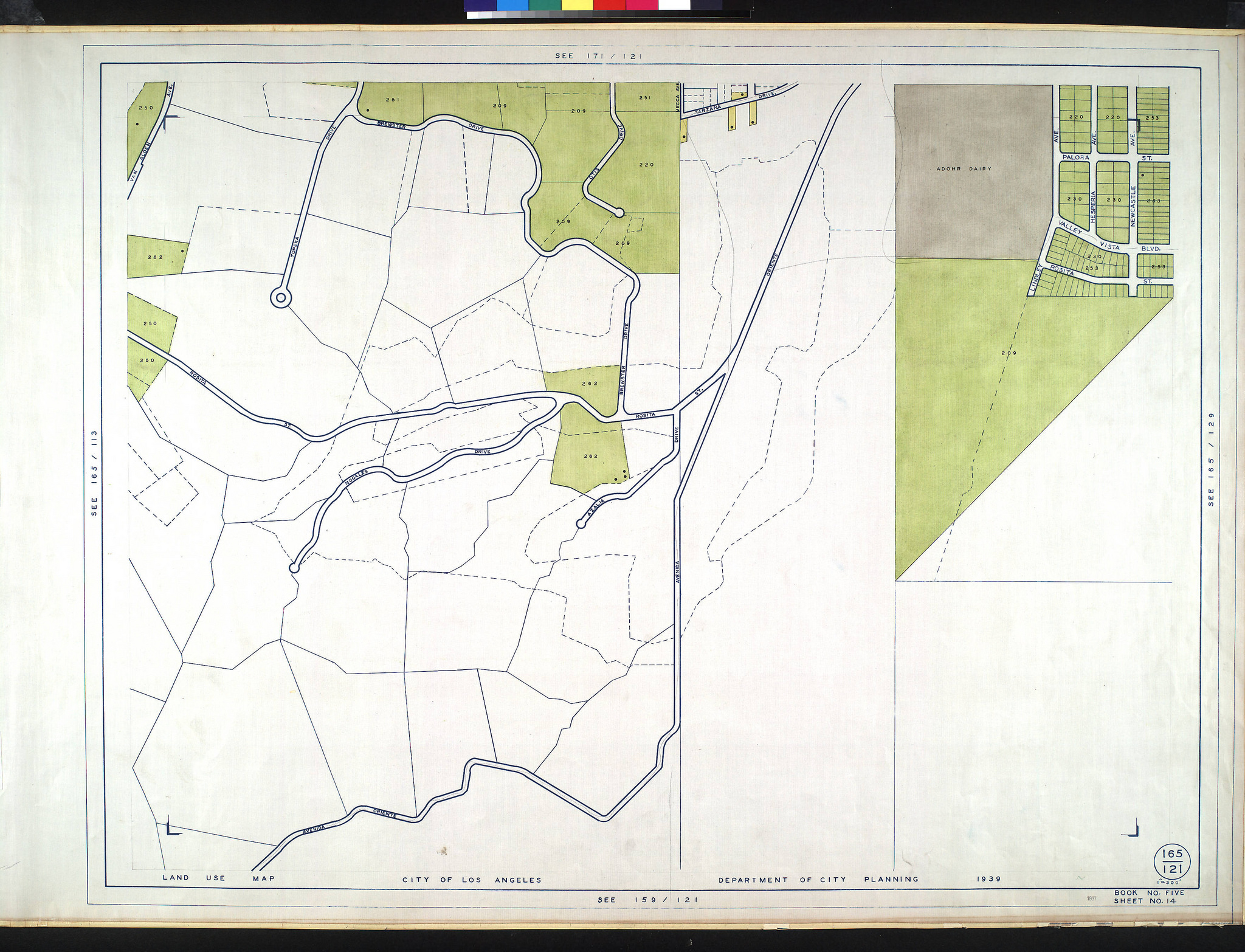The results of a study released in the Collaborating for Community Health issue of Health Affairs have led to a call for a collaborative partnership between local housing policy enforcement and healthcare systems. This partnership will better target at-risk geographical areas of medical concern for medical intervention and preventative care programs.
By geocoding pediatric patients and their addresses, the study found an association between increased densities in housing code violations and increased asthma-related illnesses. Children were nearly twice as likely to be re-hospitalized for asthma if they live in areas with more housing code violations.
Image Source: cmannphoto
The researchers believe that this association with housing health code violations could be used to pinpoint potential clusters of high morbidity for conditions such as asthma. Geocoding or mapping has previously been used to investigate socioeconomic associations with mortality rates and incidence of primary invasive cancer. The distribution of these clusters could help policy makers and healthcare organizations visualize and understand local disparities.
Designing public health and preventative programs around housing data collected by local agencies could be a more cost-effective and efficient approach to improving healthcare delivery where it is most needed. It would reveal the most high priority at-risk areas as starting points for preventative care programs. In addition, these areas would also be prioritized for community programs such as home inspections and environmental justice legislations.
For example, in 2009, data revealed that West Oakland was well above the state average for asthma-related emergency department visits. That same year, the area was also considered to have the most polluted air in the Bay Area. Due to this association, in 2010, emission regulations were implemented for the trucks at Port of Oakland. After just the first phase, emissions were reduced by about half.
Featured Image Source: Ashley Van Haeften










